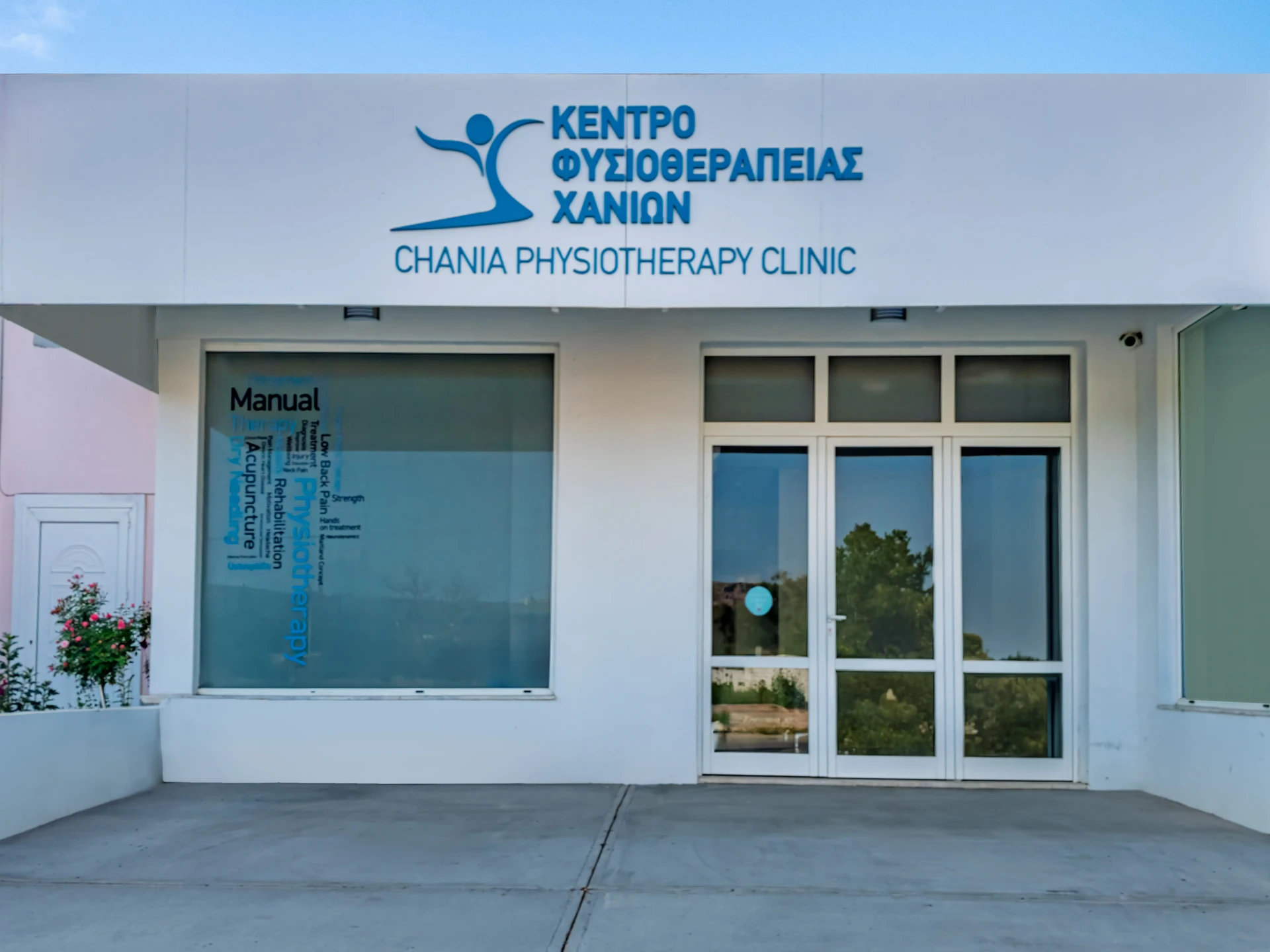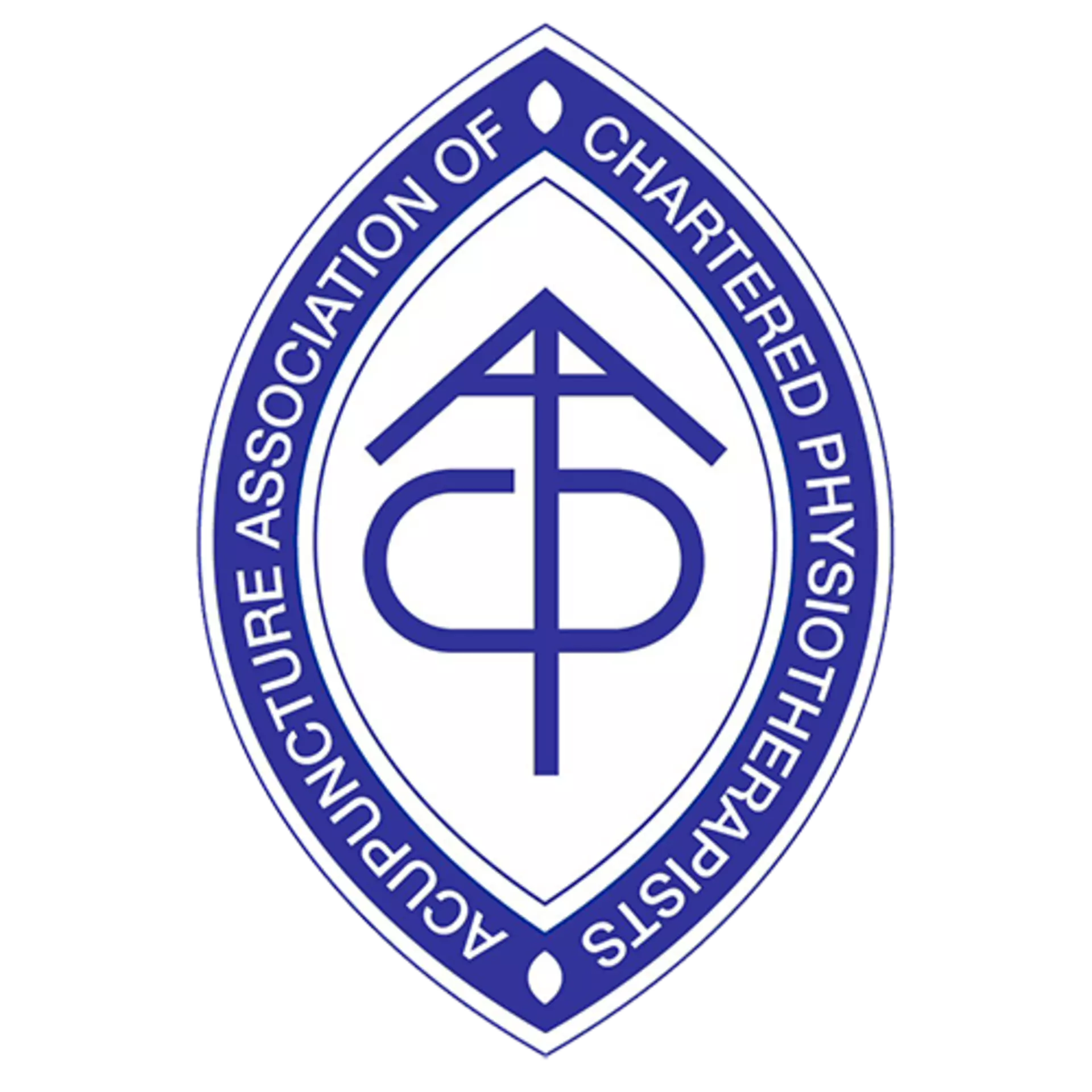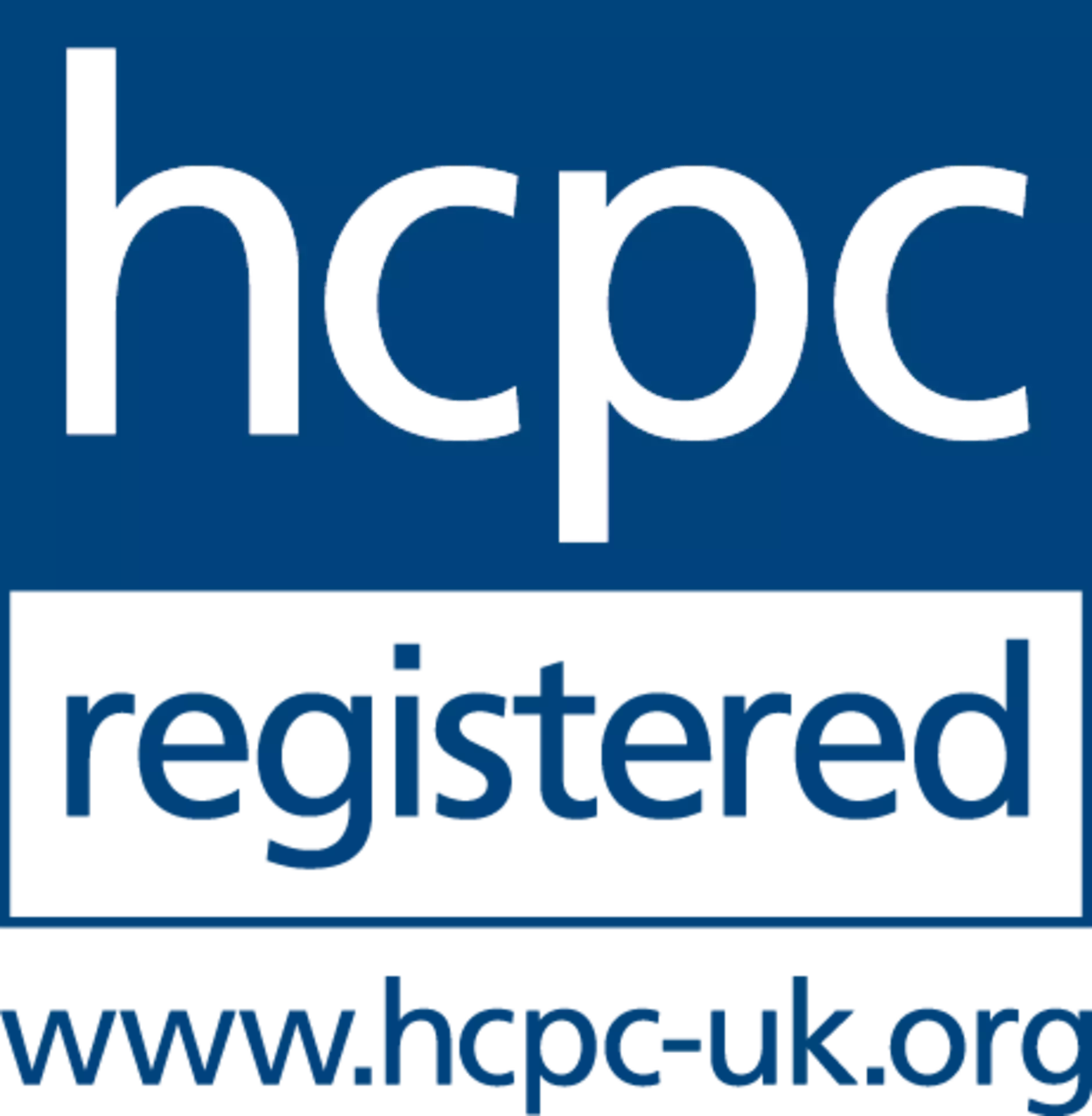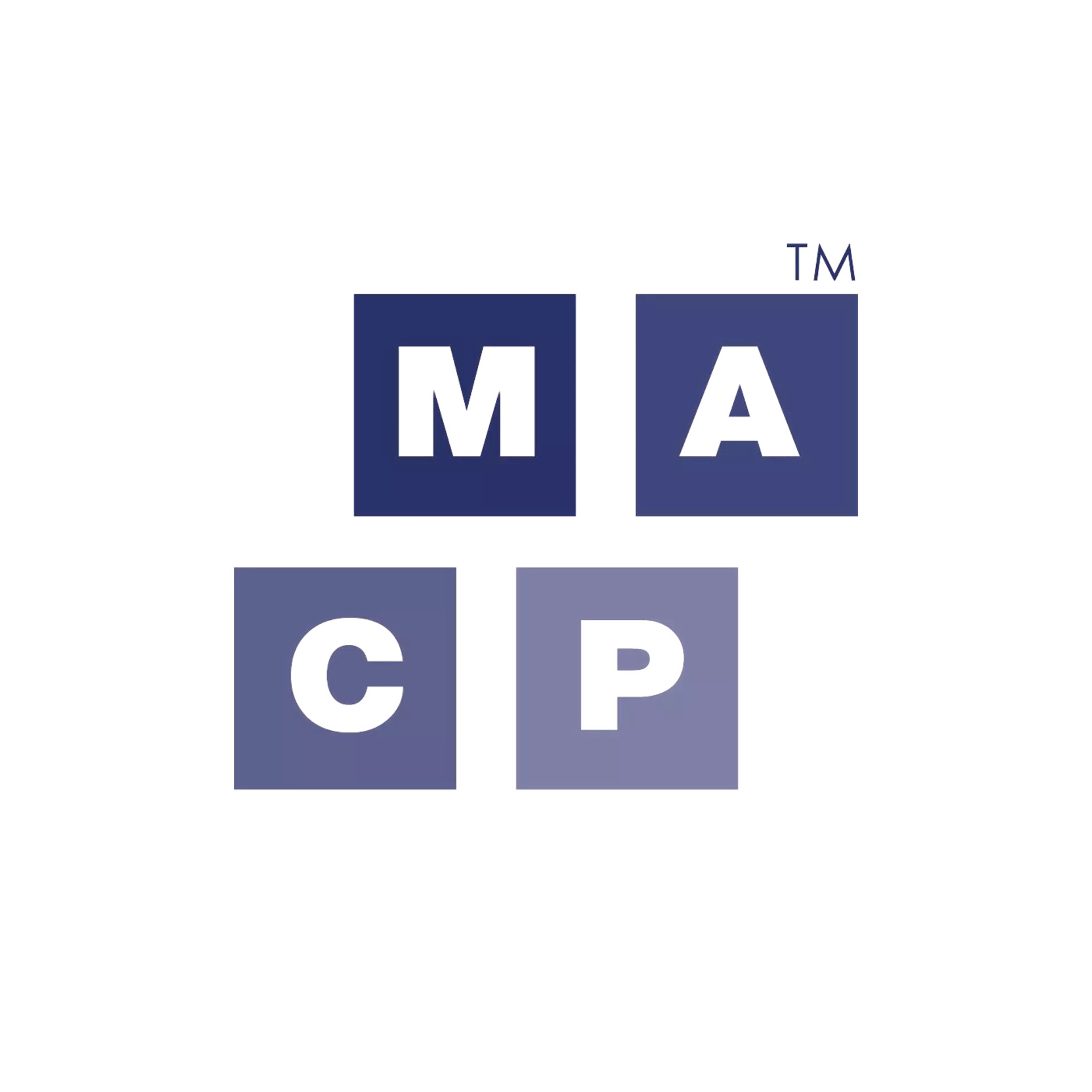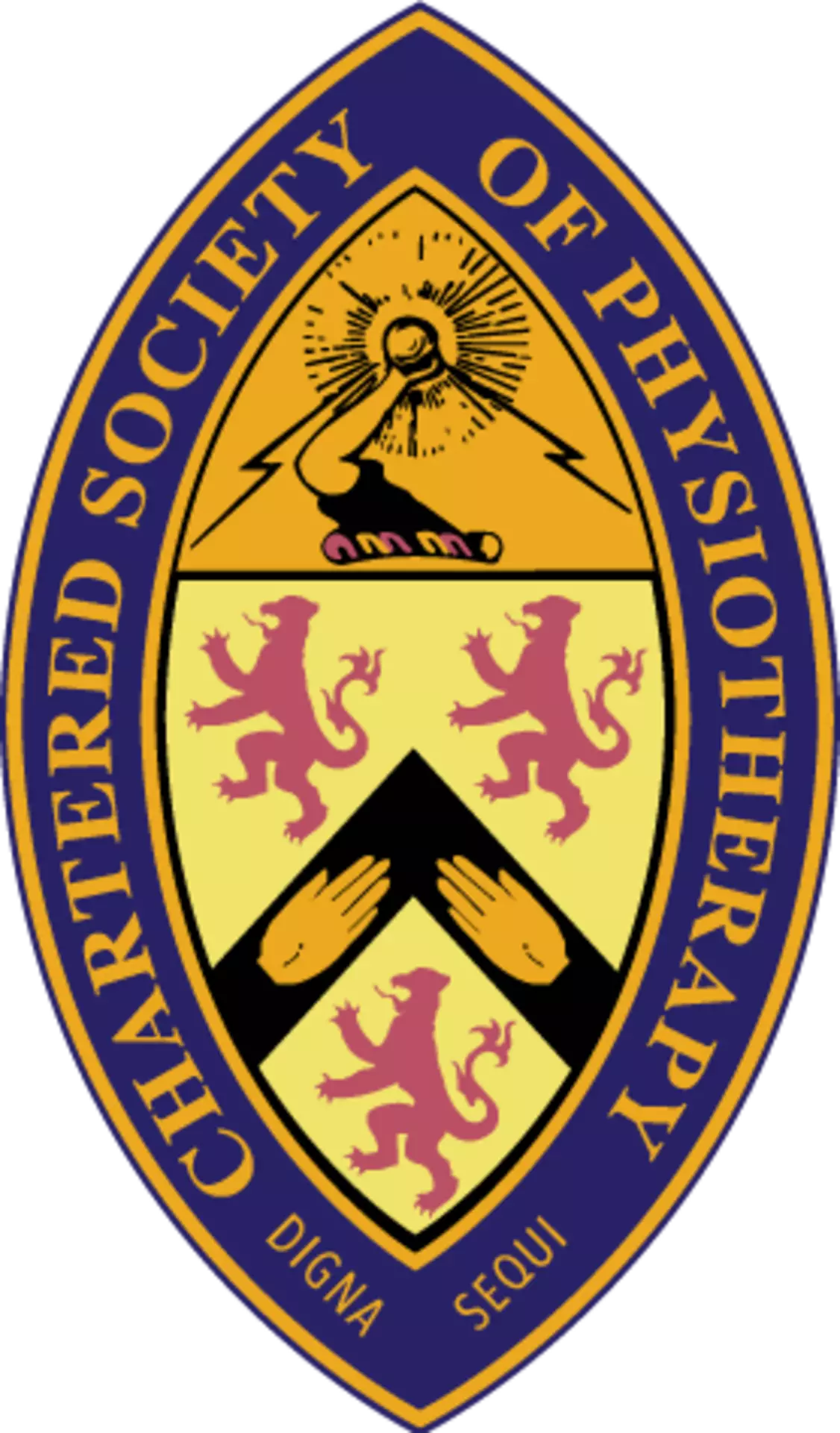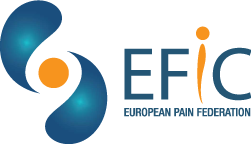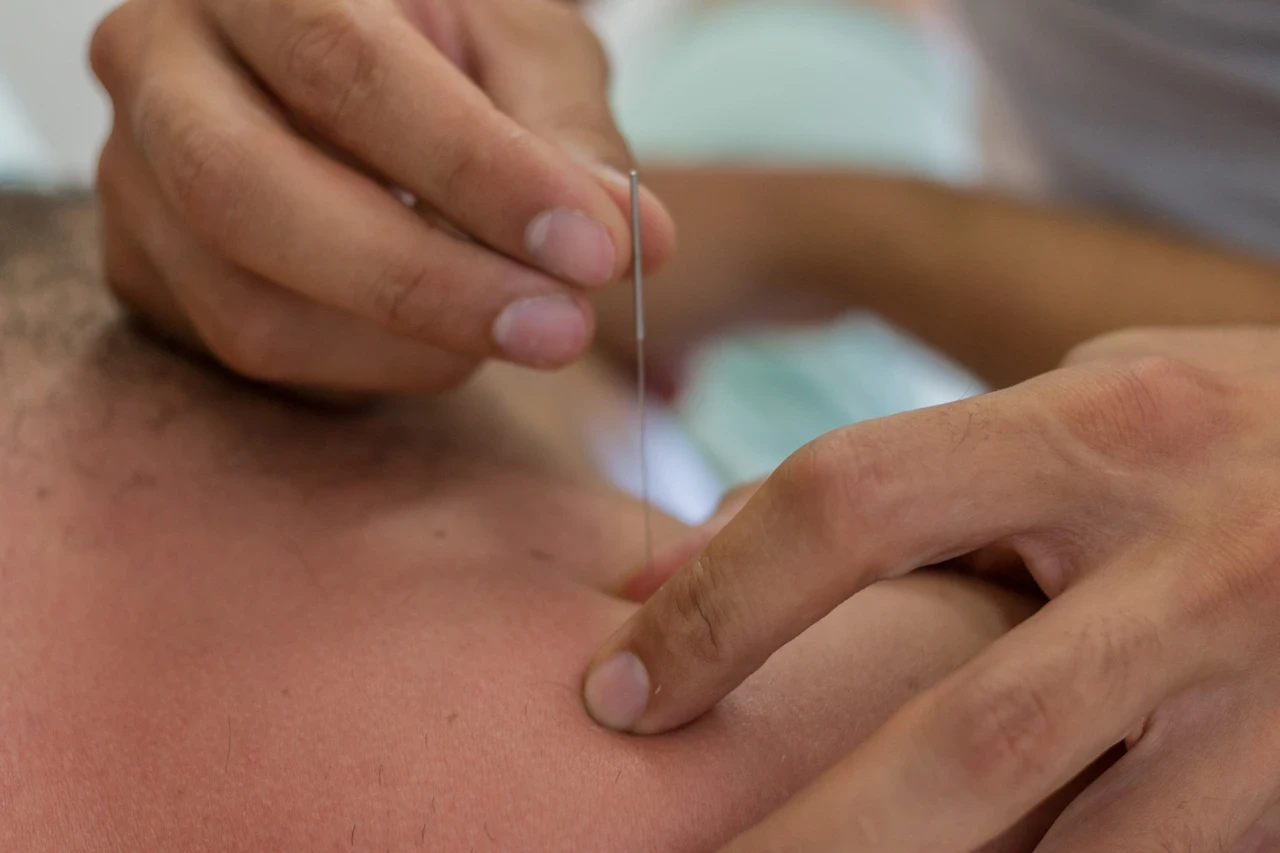
At CHPC, we offer specialized services for the treatment of myofascial pain, aiming to reduce discomfort and restore normal movement. Through appropriate evaluation and treatment techniques, we help patients effectively manage pain trigger points and improve their quality of daily life.
Read more about the current scientific evidence on myofascial pain…
Myofascial pain is a type of pain that originates from muscles and the fascia – the connective tissue that surrounds and supports them. It often presents as deep, aching pain, which may be constant or intermittent, and is typically aggravated by use of the affected muscle or muscle group. It may also be accompanied by muscle weakness, stiffness, tingling, difficulty sleeping, or dizziness. Triggers include prolonged sitting or standing, repetitive activities, cold or damp weather, and emotional stress.
Trigger points are sensitive spots within a muscle or its fascia that can cause localized or referred pain (pain felt in areas distant from the source). When pressed, they may produce pain, involuntary muscle twitches, and restricted movement. There are two types of trigger points:
Common causes include muscle overuse, poor posture, repetitive strain, injuries, emotional stress, and exposure to cold. Overuse or improper loading leads to localized muscle irritation and the formation of trigger points. If not treated, this can cause compensatory changes throughout the body and evolve into more complex chronic pain, known as Myofascial Pain Syndrome.
Diagnosis is based on a thorough clinical evaluation and physical examination by a trained physiotherapist. Trigger points are identified by palpating the muscles to locate hypersensitive spots that reproduce the patient’s symptoms. The clinician’s knowledge of referred pain patterns is essential for an accurate diagnosis.
Effective treatment involves stimulating the trigger points through various techniques, including:
The main goal is to reduce muscle irritability and restore flexibility and function in the affected area.
Yes. Dry needling is a safe and well-established technique when performed by trained professionals. It induces immediate relaxation of the tight muscle band by disrupting the hypersensitive neural input. This helps reduce pain and facilitates muscle stretching. Widely used in Western medicine for over 50 years, dry needling is often part of a comprehensive rehabilitation plan for long-term symptom relief.

